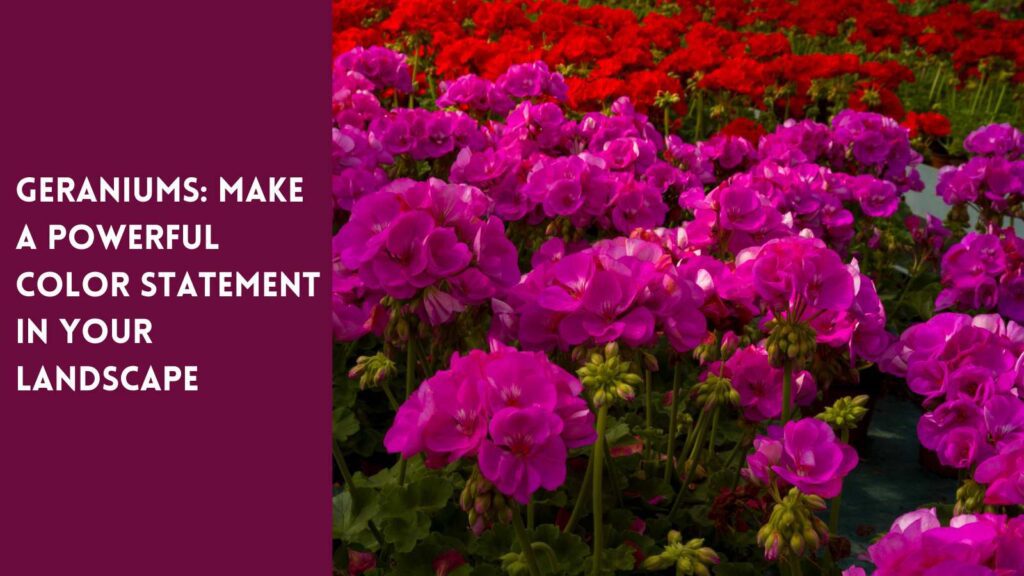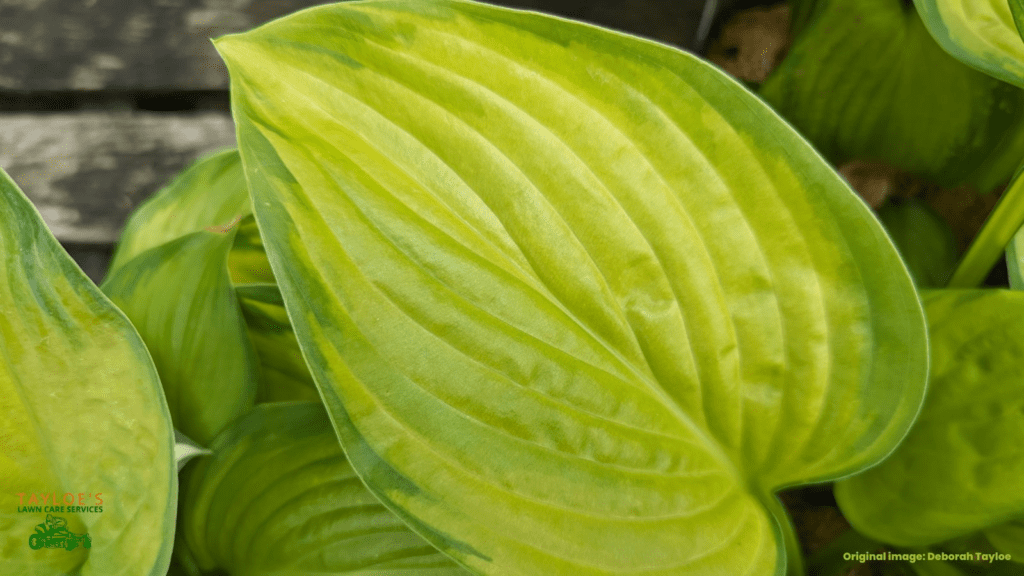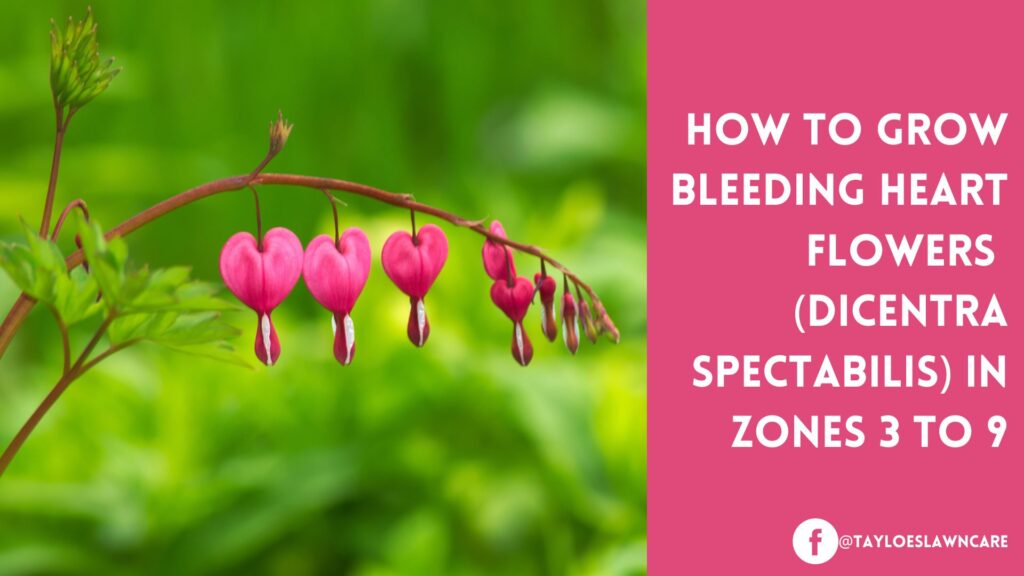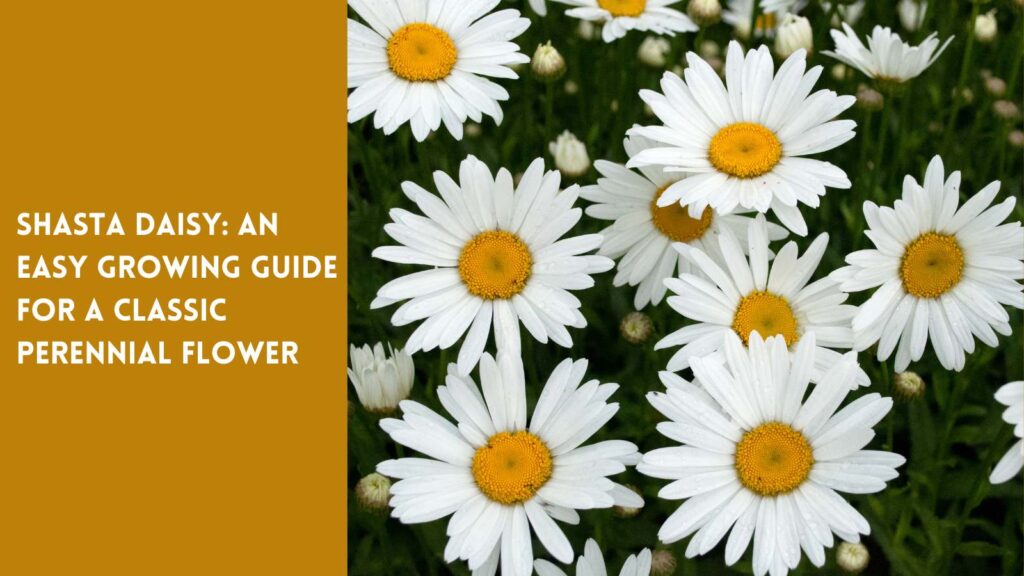Last Updated on: 2nd May 2024, 05:28 am
Large, leafy landscaping plants that will forgive you if you forget them.
Hosta (Latin: Hosta plantaginea) is a popular ornamental perennial known for their lush foliage and attractive flowers. With their wide variety of leaf shapes, sizes, and colors, hostas can add a splash of interest to any garden or landscape.
Hostas are native to Asia, particularly Japan, Korea, and China. The plant belongs to the family Asparagaceae and provides abundant greenery thanks to its large, ribbed leaves and bell-shaped flowers that bloom in the summer.
Hostas Are a Wonderful Addition to Your Landscape, Due to Their Few Care Demands
Hostas are hardy species that can thrive in most climates. They are primarily grown in USDA Zones 3 to 9, which cover a wide range of temperate climates across North America. Hostas are versatile and can be grown in various light conditions, from full sun to full shade, although they strongly prefer partial shade.
Hostas prefer consistent moisture but can tolerate short periods of drought. Water the plants when the soil feels dry to the touch. Hostas also prefer slightly acidic soil with a pH range of 6.0 to 7.5. It is vital to ensure the soil is well-draining to prevent waterlogging, which can lead to root rot.

Hostas Are a Lovely, Large, and Lush Perennial
Hosta sizes can vary depending on the variety, but they grow between 6 inches and 4 feet tall, with a spread of 1 to 6 feet. Dwarf varieties can grow as small as 6 inches tall and 12 inches wide.
Size may also vary by how much light it receives, with plants in the full sun tending to be smaller than those grown in partial shade.
The foliage falls into three groups: blue, green, and variegated.
- Blue leaves are a popular choice for gardeners, with their distinctive bluish-gray color and waxy texture.
- Green leaves are more common and range from light green to dark green.
- Variegated hosta leaves have a combination of colors, with some combination of white, yellow, or cream mixed in with green or blue.
Hostas also produce flowers in the summer, typically between June and August. The flowers are bell-shaped and can be white, lavender, or pink, depending on the variety.
While the flowers are not the main attraction of hostas, they add a lovely touch of color to the garden and are often fragrant. The flower stalks can grow up to 4 feet tall and are typically taller than the surrounding foliage, making them a prominent feature in the garden. Once the flowers have finished blooming, most people cut back the stalks to help the plant focus its energy on foliage growth.
Planting Hosta Is Simple to Do With a Little Know-How
Planting hostas is straightforward and can be done at any time of the growing season, although spring and fall are the ideal times. When planting, choose a spot that provides adequate light and well-draining soil.
Planting tips:
Planting these beauties is as easy as one, two, three.
- Dig a hole twice the size (diameter) of the root ball, then loosen the soil at the hole’s bottom to help the roots establish.
- Place the plant in the hole, ensuring the top of the root ball is level compared to the soil’s surface.
- Refill the hole with the soil you removed, and tamp it down gently, then water thoroughly.
Dividing the plants:
One of the great things about hostas is that you can easily divide and propagate additional plants. You can divide them every few years to help the plant maintain health and vigor. The best time to divide up your hostas is in the early days of spring or mid-fall when the soil is damp and the plant is not actively growing.
To divide a hosta, follow these steps:
- Dig up the entire plant, then separate the roots into smaller sections using a sharp knife or spade. Each section should have at least one leaf and a portion of the root system.
- Replant the sections in their desired location, making sure to water them thoroughly.
Fertilizing needs:
Hostas are relatively low-maintenance plants but require some care to keep them looking their best. Regular fertilization promotes healthy growth and vibrant foliage. Fertilize hostas in the spring and summer using a balanced fertilizer, and avoid overfertilizing, which can lead to excessive foliage growth and reduced flower production.
Threats to Hostas:
Hostas can be susceptible to pests and diseases, particularly slugs and snails. To prevent slug and snail damage, place copper tape around the base of the plant or use a slug bait. Other pests affecting hostas include aphids, spider mites, and mealybugs. Regular inspection of the plant can help to catch any pest infestations early.
Nine Key Benefits of Including Hostas in Your Landscape
Planting hostas in your landscape can offer many aesthetic and practical benefits. Here are nine key benefits of adding hostas to your garden:
- Attractive foliage: Hostas are known for their lush, attractive foliage, which can add color, texture, and interest to any garden. With their wide variety of leaf shapes, sizes, and colors, hostas can create a focal point or a subtle complement to other plants.
- Versatility: Hostas are versatile and can be grown in various light conditions, from full sun to full shade, although they prefer partial shade. This flexibility makes them an excellent choice for gardeners with many planting locations and environments.
- Low maintenance: Hostas are relatively low-maintenance plants, requiring only occasional watering and fertilization. They are also hardy and can tolerate various temperatures and weather conditions.
- Long-lived: Hostas are perennials and can live for many years with proper care and maintenance. This hardiness makes them a tremendous investment for gardeners looking for a long-term solution for their landscape.
- Soil stabilization: Hostas have a shallow root system that can help to stabilize soil and prevent erosion. This shallow depth can be advantageous in sloped or uneven landscapes.
- Wildlife habitat: Hostas can provide a habitat for local wildlife, including insects, birds, and small mammals. It can help to promote biodiversity and support the health of local ecosystems.
- Edible uses: While not commonly grown for food, hostas have edible shoots and leaves for salads and other dishes. They are a popular ingredient in Korean cuisine, and they are known as “Minari.”
- Air purification: Like many plants, hostas can help by removing toxins and pollutants from the surrounding environment. They may contribute to improved air quality and a healthier living environment.
- Increased property value: A well-designed and maintained landscape can increase the value of your property. Adding hostas to your garden can create an attractive and functional space to improve your home’s overall value and appeal.

The Takeaway: Hostas Are a Wonderful Way to Add Lovely Greenery to Your Landscape
Hostas are versatile and attractive plants that add interest and beauty to any garden or landscape. With their wide range of leaf shapes, sizes, and colors, hostas can be a standout feature or a subtle complement to other plants. Whether grown in full sun or partial shade, hostas are hardy, adaptable, and can thrive for many years with minor attention and maintenance.

Author Profile

- Deborah Tayloe is the CEO and co-founder of Tayloe's Lawn Care Services, LLC. She has a B.S.Ed and holds certificates in soil and water management and herbology from accredited programs.
Latest entries
 Trees and ShrubsApril 22, 2025Boxwood Blight: Early identification and isolation
Trees and ShrubsApril 22, 2025Boxwood Blight: Early identification and isolation Flower GardenApril 8, 2025John F. Kennedy Rose: Hybrid tea rose with elegant white blooms
Flower GardenApril 8, 2025John F. Kennedy Rose: Hybrid tea rose with elegant white blooms Vegetable GardenMarch 24, 2025Trellis vegetables provide an abundant vertical garden harvest
Vegetable GardenMarch 24, 2025Trellis vegetables provide an abundant vertical garden harvest GardeningMarch 17, 2025Are coffee grounds good for compost?
GardeningMarch 17, 2025Are coffee grounds good for compost?







